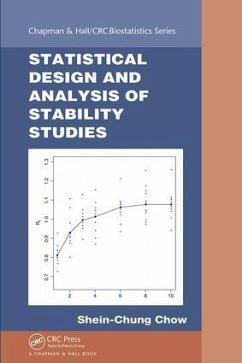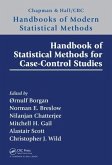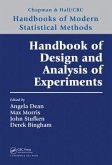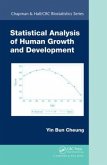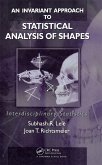Illustrating how stability studies play an important role in drug safety and quality assurance, this book introduces the basic concepts of stability testing, focuses on short-term stability studies, and reviews several methods for estimating drug expiration dating periods. The author compares some commonly employed study designs and discusses both fixed and random batch statistical analyses. The book examines the stability analysis of a linear mixed effects model and stability analyses with discrete responses, multiple components, and frozen drug products. It also explores dissolution testing, current issues, and recent developments in stability studies.
Bitte wählen Sie Ihr Anliegen aus.
Rechnungen
Retourenschein anfordern
Bestellstatus
Storno

